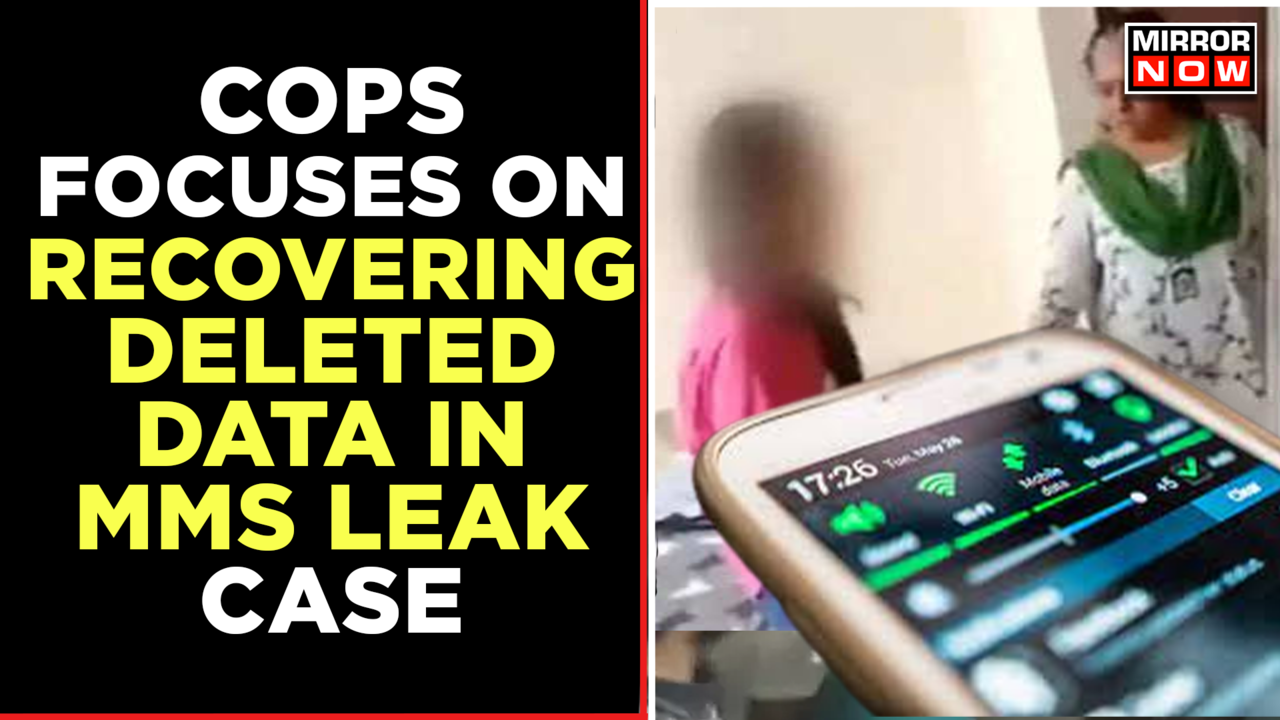The Dark Side Of Digital Communication: Unpacking The MMS Leak Phenomenon
In the labyrinth of modern digital communication, a shadow looms over the convenience of sharing multimedia content: the MMS leak. This pervasive issue has transcended mere technical glitches to become a significant concern affecting millions worldwide. Whether you’re a tech enthusiast or someone who simply uses their phone to stay connected, the implications of MMS leaks are profound. These breaches aren’t just about lost data; they’re about compromised privacy, trust, and security. As we delve deeper into this topic, we’ll uncover the mechanisms behind these leaks, their societal impacts, and what can be done to safeguard our digital lives.
Multimedia Messaging Service, or MMS, revolutionized how we communicate by enabling the transmission of images, videos, and other rich media files through mobile devices. However, with great innovation comes great vulnerability. MMS messages are stored on carrier servers, making them susceptible to unauthorized access. Hackers, human error, and even insider threats can expose sensitive content, leading to dire consequences for individuals and organizations alike. The potential fallout ranges from personal embarrassment and reputational damage to severe financial losses and psychological distress. Understanding the complexities of MMS leaks is essential for anyone navigating today’s digital landscape.
| Category | Information |
|---|---|
| Topic | MMS Leak Phenomenon |
| Relevance | Global digital communication |
| Key Concerns | Privacy breaches, data exposure, cybersecurity |
| Impact Areas | Individuals, businesses, society |
| Preventive Measures | Encryption, secure practices, legal frameworks |
| Reference | New York Times - Cybersecurity |
The scope of MMS leaks extends beyond individual mishaps. It reflects broader trends in the tech industry, where rapid advancements often outpace robust security measures. Take, for instance, the 2014 "Celebgate" scandal, where private photos of celebrities were leaked online, sparking a global debate about digital privacy. This incident highlighted not only the vulnerabilities in cloud storage but also the societal implications of such breaches. Victims faced relentless harassment, and public discourse shifted toward the need for stricter regulations and enhanced user protections. Similarly, the breach involving a major Asian telecom provider exposed thousands of users’ messages, underscoring the importance of accountability and transparency in the tech sector.
Read also:The Enigmatic Life Of Lito Lapidrsquos Wife Beyond The Spotlight
From a legal perspective, jurisdictions worldwide have introduced frameworks to address unauthorized data sharing. The European Union’s General Data Protection Regulation (GDPR) imposes stringent penalties on companies failing to protect user data. In the United States, state laws like the California Consumer Privacy Act (CCPA) provide consumers with more control over their personal information. However, enforcement remains challenging, particularly when perpetrators operate across borders. Despite these measures, the psychological and reputational damage inflicted on victims often lingers long after justice is served, emphasizing the critical need for preventive strategies.
Individuals play a pivotal role in mitigating the risks associated with MMS leaks. Adopting secure practices such as using strong passwords, enabling two-factor authentication, and avoiding suspicious links can significantly reduce vulnerabilities. Regular software updates ensure that devices are equipped with the latest security patches, while encrypted messaging apps like Signal and WhatsApp offer additional layers of protection. Businesses, too, must prioritize cybersecurity by implementing robust protocols, educating employees, and staying abreast of emerging technologies. The shift toward decentralized storage solutions, such as blockchain, and the integration of artificial intelligence for real-time threat detection hold promise for a more secure future.
Connections between high-profile cases and broader societal trends reveal a pattern of increasing digital interdependence. Celebrities, politicians, and corporate executives are often early adopters of new technologies, making them prime targets for cybercriminals. Their high visibility amplifies the consequences of breaches, drawing attention to systemic weaknesses. For instance, the exposure of private communications involving political figures has sparked discussions about the intersection of technology and democracy. Similarly, the business world has witnessed the erosion of consumer trust due to data breaches, prompting a reevaluation of corporate responsibility.
Looking ahead, the evolution of technology offers both challenges and opportunities in addressing MMS leaks. Innovations such as blockchain and AI present potential solutions by enhancing data encryption, enabling real-time threat detection, and providing users with greater control over their information. However, these advancements must be accompanied by ethical considerations. Service providers have a moral obligation to prioritize user privacy, maintain transparency, and demonstrate accountability. Victims deserve empathy and support, while society as a whole benefits from fostering a culture of digital responsibility.
In conclusion, the MMS leak phenomenon represents a multifaceted challenge requiring collective action. It demands a balance between convenience and security, innovation and ethics. By understanding the underlying causes, acknowledging the societal implications, and adopting proactive measures, we can navigate the complexities of digital communication more safely. As technology continues to evolve, so too must our approach to safeguarding privacy and protecting our digital identities. The responsibility lies not only with individuals and organizations but also with policymakers and technology developers to create a more secure and equitable digital environment. In doing so, we honor the trust placed in the tools that connect us in an increasingly interconnected world.


